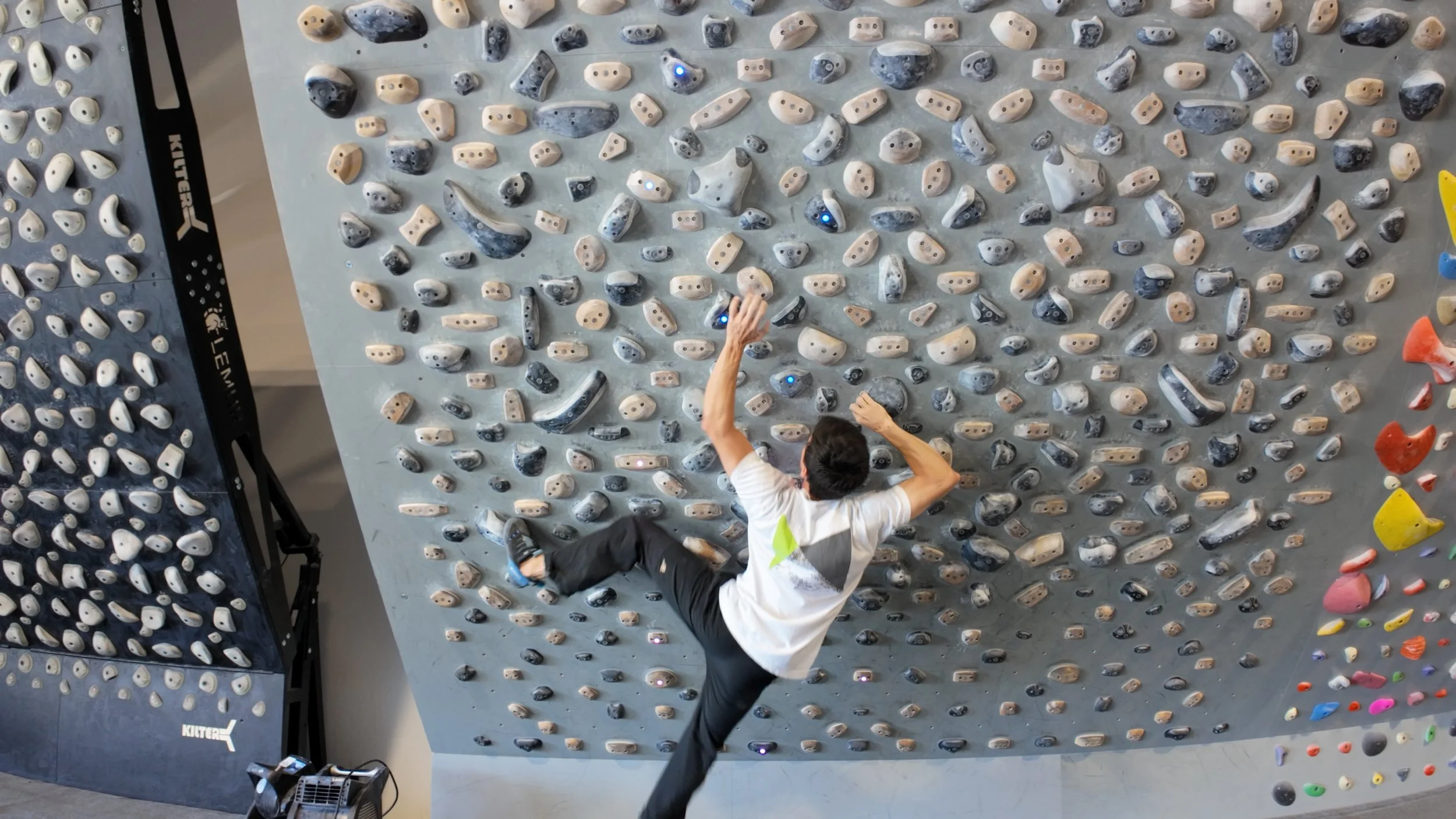Shoulder Orientation: Climbing Technique #2 - Coaching w/ Dan
Hooper’s Beta Ep. 158
Why Shoulder Orientation Matters
If you want to climb stronger, safer, and more efficiently, shoulder orientation is a game-changer. With just a little attention to how your shoulders align, you can unlock:
Injury prevention by reducing shoulder strain
Improved strength and leverage in pulling positions
Extra reach—almost a full shoulder width—with minimal effort
Better tension on footholds for stability
This small adjustment can make big moves feel easier and more controlled. Here’s how it works.
What Is Shoulder Orientation in Climbing?
Shoulder orientation refers to how your shoulders align relative to your hands while climbing. When done correctly, it positions your body for maximum efficiency, power, and safety.
The technique comes down to two essential rules:
Bias toward your control hand
Rotate your shoulders toward your target hand
Step 1: Bias Toward Your Control Hand
Whenever you’re holding two points of contact, you have three basic options:
Load your shoulders evenly
Bias toward your left hand
Bias toward your right hand
The best choice? Bias toward your control hand—the one doing the pulling, not the reaching.
Why This Works
Creates a safer, stronger shoulder position
Reduces risk of injury
Gives you more leverage and pulling power
Try This Test:
On a cable machine or pull-up bar, compare pulling straight down versus pulling back behind you (with light weight to avoid injury). You’ll instantly feel that pulling back provides smoother movement and more power.
Step 2: Rotate Your Shoulders Toward the Target Hold
As you move for the next hold, align your shoulders so that the line runs from your control hand toward the target hold.
Benefits of This Rotation
Maximizes reach without extra energy
Keeps your body aligned for efficiency
Reduces awkward positions that stress the shoulder
Common Mistake:
If your shoulders stay biased away from your control hand, your shoulder may drop and your reach will shorten.
Quick Fix:
Look back toward your control hand before moving—this naturally rolls your shoulders and drives your knee forward, giving you up to an extra shoulder width of reach with almost no added effort.
Should You Always Do This?
Yes—almost always. These two rules are as close to universal as any climbing technique gets:
Bias toward your control hand
Rotate shoulders toward your target hand
While there are rare exceptions, this method works for nearly every climber and almost every move.
Ready to Level Up Your Climbing?
If you want personalized coaching or injury recovery guidance, check out these resources:
Climbing Coaching: hoopersbeta.com/coaching
Recovery Programs: Get our Recovery Blueprint if you’re rehabbing a tweak or injury
Local Offer: San Diego climbers—mention Hooper’s Beta at Flux for 10% off
For more expert climbing tips, subscribe to our YouTube channel and explore more techniques to improve your strength, movement, and efficiency on the wall.
DISCLAIMER
The Beta Agency is providing content on its website that aims to inform rock climbing enthusiasts and/or individuals interested in the field of physical therapy of the various physical conditions that may befall those engaged in the sport of rock climbing, for informational purposes only. None of the information provided by The Beta Agency should be regarded as medical advice or construed to be a medical diagnosis of any form. By using our products, services, and/or the information on our website, you acknowledge that you understand this information is not meant to be a substitute for medical advice from an appropriate licensed healthcare professional, and that you will not rely on any of the information you acquire from us as the sole basis, personally or as a suggestion to others, to make any healthcare-related decision(s). If you suspect that you may have a medical condition that you are trying to diagnose, we strongly urge you to seek the advice of an appropriate medical practitioner. If you have a medical emergency, you should contact emergency services immediately.
Click for full Terms and Conditions and Privacy Policy



